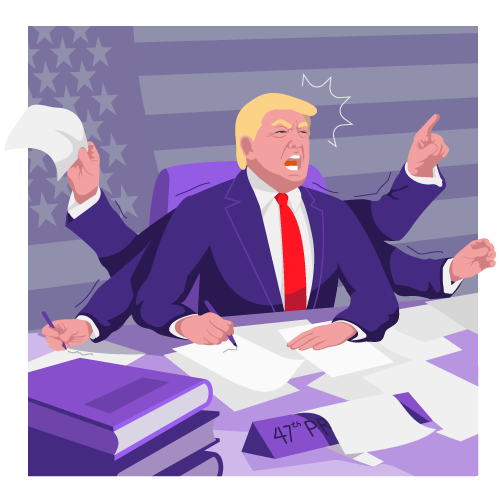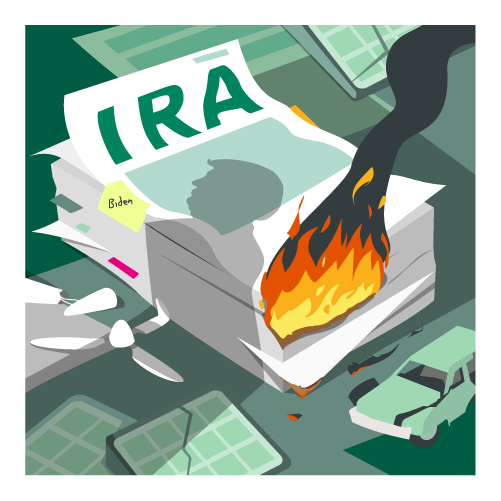
Monthly Review - January 2025
In brief
The markets

2.7%
7.7%
6.7%
8.0%
9.2%
6.7%
6.1%
1.4%
0.1%
Source: Bloomberg 31.01.2025, returns in local currency
Top stories

Trump 2.0
The inauguration of the 47th President of the United States initially brought a positive market response. A flurry of executive orders left the Oval Office. They ranged from 25% tariffs on Canada and Mexico, unwinding Biden era legislation, cancelling incentives to buy electric vehicles and a 75 day grace period to find a US purchaser for TikTok. The president repeated an interest in buying Greenland and in taking control of the Panama Canal. He called on OPEC to lower oil prices and for immediate interest rate cuts. US bond markets showed little reaction to that demand.

Chinese market support
China has ordered state owned insurance companies to channel funds into the stock markets, aiming for $13.75 billion of inflows in the first half of 2025. Further positive impetus came from news that Chinese companies paid out record dividends last year, while share buybacks hit a record high. Markets had been weighed down by fears of US tariffs, threatened at levels between 10% to 60%. They received an unexpected boost when President Trump had a “good, friendly conversation” with the Chinese premier.

AI battle is engaged
The newly inaugurated president unveiled plans to invest $500 billion in AI (artificial intelligence) infrastructure, creating a giant supercomputer named Stargate. The aim is to consolidate the US lead in AI over China. But following a ban on the sale of Nvidia chips to China, tech giant Huawei launched its own chips capable of AI inference tasks. And Chinese startup DeepSeek rocked the global tech sector, after it showcased a far cheaper alternative to ChatGPT. This could potentially accelerate the development of AI, leading to a faster and broader rollout, calling massive US tech investment plans into question.

Reversing climate initiatives
Immediately on his return to the White House, and against the backdrop of devastating wildfires in California, President Trump pressed ahead with his sceptical climate agenda. This included once again withdrawing the US from the Paris Climate Accord. An earlier withdrawal during the first Trump presidency had been swiftly reversed by Joe Biden. The president also boosted the US fossil fuels industry, calling for oil producers to “drill, baby, drill” in order to re-establish US energy dominance. In addition, Trump halted more than $300 billion in US green infrastructure funding as he sought to unpick Biden’s climate initiatives.
On the radar

US data will be closely watched, as new immigration, trade and fiscal policies have the potential to stoke inflation. In a speech at Davos, President Donald Trump called for a round of central bank interest rate cuts to be led by the Federal Reserve (Fed). The scene is set for a high level clash with Fed chair Jay Powell.
Trump’s threats to impose higher tariffs on Canada, Mexico and China “from day one in the office” materialised more slowly. US Treasury Secretary Scott Bessent is said to favour a 2.5% universal import tariff that will move gradually towards 20%.
Germany faces federal elections on 23 February. Current polling suggests that the centre right CDU and CSU are best placed to form a new coalition government, with support from either the Greens or Chancellor Olaf Scholz’s Social Democrats giving them an overall majority.